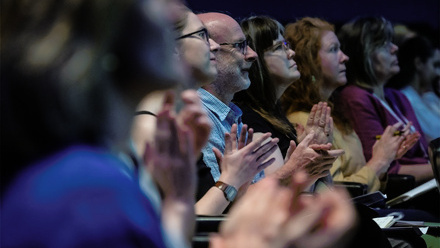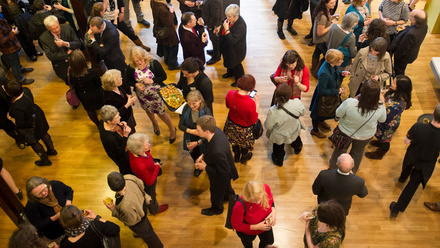See a conservator in action and ask questions as a member of our Conservation team gets to work on this historic object.
Join our conservation intern Shoun Obana as he starts a conservation project on the model horse in Great Hall. This object is usually on display to illustrate how horses used Dandy Carts in the early days of the Stockton & Darlington railway.
Shoun will be working on the object from 11.30–12.30 and 13.00–16.00.
ABOUT THE OBJECT
The horse was acquired by the National Railway Museum in 1975 from British Rail along with the Dandy Cart. Wagons on the Stockton & Darlington Railway were initially hauled by horses. This proved to be problematic when the train of wagons had to travel downhill, often running into the horses in front.
The Dandy Cart was developed by George Stephenson as a solution to this. It would be attached to the rear of the train and provided a space for the horses to rest while the wagons travelled downhill. The model horse’s purpose in the museum is to highlight the original use of the cart.
WHAT DO WE NEED TO DO?
This popular beast is an historic replica in its own right, and is unfortunately showing some understandable signs of age. Its conservation will include treatment of the model itself and its harness. Due to the size and weight of the objects, treatment will be delivered in-situ and during museum opening hours. This will give visitors a chance to observe conservation in action, ask questions, and learn about the work of the museum object conservator.
Both the model horse and harness are in fair condition. The horse has a moderate build-up of surface dirt and shows moderate amounts of surface deterioration including cracks and areas of loss. The harness also has a moderate build-up of surface dirt with signs of deterioration.
Treatment of the horse will include mechanical cleaning using soft bristle brushes and a vacuum. Cracks will be consolidated, and areas of loss will be filled. These areas of loss compensation will then be colour-matched to the rest of the object's surface. The harness will also undergo cleaning and treatment in areas of deterioration.


